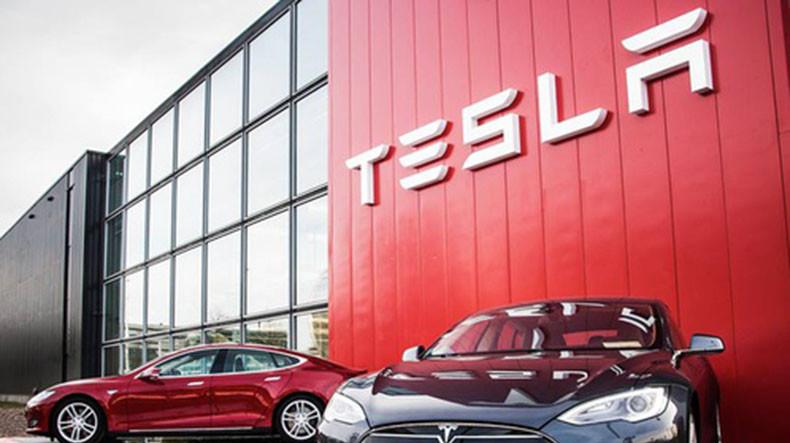
Tesla is applying for a patent for new NMC cells. Millions of kilometers driven and minimal degradation
Tesla Canada has applied for new cells with NMC (Nickel-Manganese-Cobalt) cathodes. It looks like these are the same elements that Jeff Dunn's lab designed for the manufacturer, and that allows it to travel millions of kilometers with minimal wear and tear.
Tesla will move from NCA to NMC?
Tesla currently uses lithium-ion cells with NCA cathodes, i.e. nickel-cobalt-aluminum, with less than 10 percent cobalt content, at least in the Tesla Model 3. This phenomenon in itself, because in the best modern cells NMC811 10 percent cobalt cathodes are used - but they come into operation slowly, displacing NMC622 elements.
> 2170 (21700) cells in Tesla 3 batteries better than NMC 811 in _future_
As Elon Musk promised, modern Tesla must travel from 0,48 to 0,8 million kilometers on a battery. However, in the near future, he would like to drive 1,6 million kilometers on battery power - this is what the body and powertrain of the Tesla Model 3 should support.
And here he is helped by the achievements of the Jeff Dunn laboratory, which worked for Tesla for a while and which in September 2019 boasted a completely new chemical composition of the electrolytes of lithium-ion cells with NMC532 cathodes.
Due to the use of a "single crystal" cathode and an electrolyte with currently used additives enriched with dioxazolones and nitriles of an ester of sulfite, depending on the composition of the electrolyte (source), it was possible to achieve the following:
- slower cell degeneration due to inhibited growth of the passivation layer (SEI), which binds lithium ions, which are directly responsible for capacity,
- higher cell efficiency versus temperature.

A) microscopic photograph of NMC 532 powder B) microscopic photograph of the electrode surface after compression, C) one of the tested cells 402035 in a sachet next to a Canadian two dollar coin, DOWN, diagram on the left) degradation of the tested cells compared to the background of model cells, DOWN, diagram on the right) cell lifetime versus temperature during charging (c) Jesse E. Harlow et al. / Journal of the Electrochemical Society
This all sounds complicated, but the effects are amazing:
- 70 percent capacity after 3 charge cycles at 650 degrees (approximately 40 million kilometers),
- up to 90 percent power after 3 million kilometersif the cell temperature was maintained at 20 degrees Celsius and charging was carried out at 1 ° C (1x battery capacity, i.e. 40 kW with a 40 kWh battery, 100 kW with a 100 kWh battery, etc.).
It is unknown if the pending patent application means Tesla will transfer the NCA to NCM. So far, it has been unofficially said that NCM lithium-ion cells should appear in models made in China.
> Asphalt (!) Will increase the capacity and speed up the charging of lithium-ion batteries.
However, it's safe to say that the Californian manufacturer is willing to grant its patents. By publishing papers on new electrolyte additives, he may want to accelerate the world's work on next-generation lithium cells.
Here is Tesla's full patent application (download PDF HERE):
Note from the editors of www.elektrowoz.pl: while developing this theme, we felt that the creation of a Polish electric car would be really VERY expensive. We were unable to find any mention of dioxazolones and sulfite ester nitriles on the Polish Internet. This means that there is probably no person in Poland who could understand this patent application and its conclusions. We have dozens of PhDs in writing, marketing, philology and history, but real progress is happening elsewhere, right here, right before our eyes.
This may interest you: